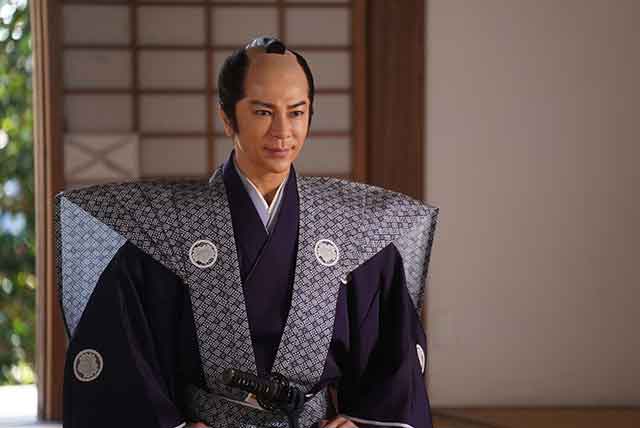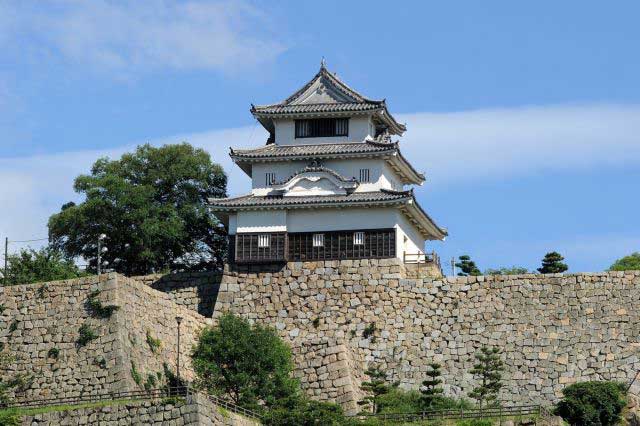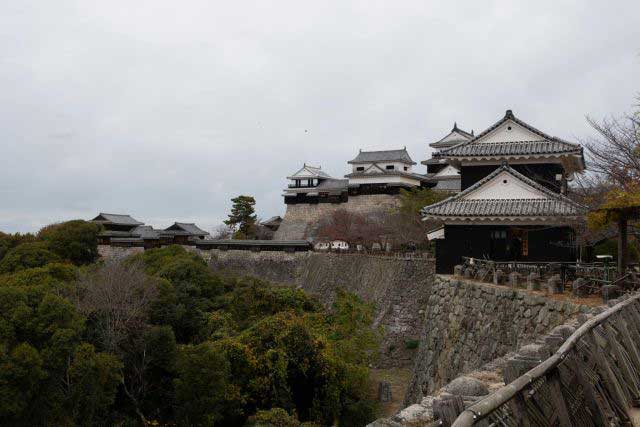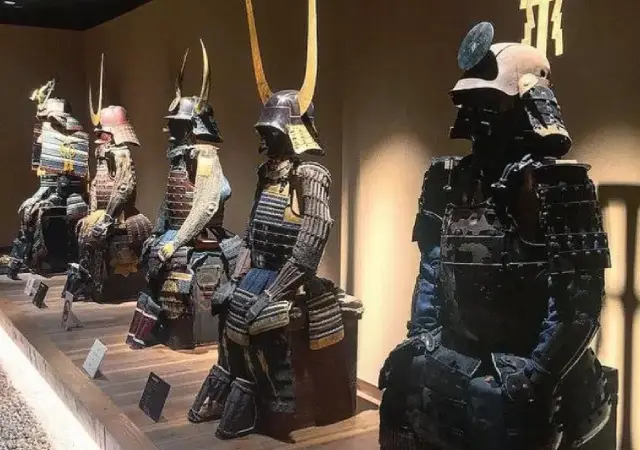
Among the entire population of Japan, samurai in the first place stood out for their original appearance. Their costume and hairstyle caught my eye. Hairstyles were different. It was this or that type of hairstyle that indicated the social status of a person in society. Violation of this gradation had bad consequences. That is why the lower classes had to wear only those hairstyles that were intended only for them. Thus, the highest nobility was different from ordinary samurai. The hairstyle is the hallmark of the samurai in society.
What did the original samurai hairstyle look like?
It should be noted that in ancient times the hairstyle of the Japanese warrior was quite simple. The hair on the head was collected in a strong bun, which was tied with a black cord into one knot at the crown. In some cases, the hair was collected in two bundles and tied in the area of the temples.
After some time, the beads began to shave the front of the head. The new hairstyle has received the laconic name "sakayaki". As a rule, all samurai did this hairstyle after passing the rite - genbuku.
Curl "cobin"
In subsequent years, starting from the first half of the 16th century, one can note the evolution of hairstyles. For example, in the 16th century, samurai wore hairstyles with hair shaved at the forehead and on the crown of the head. But the hair on the temples was absolutely not shaved off. Such a lock of hair was called "kobin". It was the "kobin" that was the key feature of the samurai's hairstyle. If the kobin hung loosely, then all the other hair on the head was collected in a tight bun.
In order to distinguish between samurai and other layers, all artisans and merchants were required to shave off such a curl. At the end of the 16th century, the samurai returned to their old traditions. They just tied a big knot of hair.
This hairstyle was quite practical. She did not require much time, effort, did not close her eyes. With such a hairstyle, it was easy to wear any headdress, in particular a cone-shaped hat.

Samurai beard and mustache
As for the beard or mustache, they were not so popular among the samurai. The hair on the cheeks, chins, forehead samurai shaved almost every day. However, in early times, the beads still launched a beard, mustache, which gave them an image of abomination. Each warrior had to scare away the enemy with his appearance. It was on the basis of such a theory that military face masks were also made, which had a terrifying appearance.
A common type of haircut for beards and mustaches at that time was small tips on the chin and long ends of the mustache. This appearance was not the best and most beautiful. In some cases, the mustache and beard were quite unnatural in color.
What hairstyle did the ronin wear?
The samurai who lost his vassalage and became a ronin wore a completely different hairstyle. He let his hair go long. It was this feature in the image that indicated that the samurai had lost his master-patron.
At the present time, the samurai hairstyle is quite popular. The main secret of its creation is carefully collected hair in one bun. To do this, you need to comb your hair back from your forehead and collect it in the crown area. As a fastener, you should use an elastic band to match the tone of your hair.
See also
-
Maruoka Castle

Maruoka Castle is located in the central part of the former city of Maruoka, which is now part of the city of Sakai. This area lies in the northeastern part of Fukui Prefecture. The castle was built on the bank of the Kuzuryu River, on the side opposite Fukui City, which once served as the administrative center of the former Echizen Province. Thanks to its location, Maruoka held significant strategic importance, as it controlled two major routes at once: the Hokurikudo highway leading from Kaga Province and the Mino Kaido road connecting these lands with Mino Province.
-
Marugame Castle

Marugame is part of the so-called “Authentic Dozen,” a group of twelve castles whose donjons have survived to the present day without major reconstructions since the Edo period.
-
Iyo Matsuyama Castle

Historically, the center of Iyo Province—corresponding to today’s Ehime Prefecture on the island of Shikoku—was the city of Imabari, while the Matsuyama area was regarded as an agricultural hinterland with broad plains and low hills. During the Muromachi period, the central part of the province was governed by the Kano clan from Yuzuki Castle. With the onset of the Sengoku period, however, this clan lost its former influence and was forced to survive in the shadow of the more powerful Mori and Chōsokabe clans. After Toyotomi Hideyoshi’s forces conquered Shikoku in 1587, the northern part of Iyo Province was granted to Fukushima Masanori, one of the so-called “Seven Spears of Shizugatake.” In 1595, Masanori was transferred to Kiyosu Castle, and the lands around Matsuyama were given to another of the Seven Spears, Katō Yoshiaki, who received Masaki Castle and an income of 60,000 koku of rice.
-
Kanazawa Castle

Construction of Kanazawa Castle began in 1580 on the orders of Sakuma Morimasa, a vassal of Oda Nobunaga. The castle was built on the site of the Ikko-ikki sect's Oyama Gobo temple, which is why it is sometimes called Oyama Castle. Morimasa managed to build several moats and begin construction of a castle town. However, after his defeat at the Battle of Shizugatake in 1583, he was executed, and ownership of the castle passed to Maeda Toshiie (1538–1599).
-
Nakatsu Castle

Kuroda Yoshitaka (1546–1604) was one of the closest advisors to the legendary military commander Toyotomi Hideyoshi. He took part in key military campaigns of the late 16th century, including the campaign against Shikoku in 1585 and the campaign against Kyushu in 1587. Later, during the second campaign in Korea, Yoshitaka served as chief advisor to the commander of the invasion forces, Kobayakawa Hideaki. After Hideyoshi's death, he swore allegiance to Tokugawa Ieyasu, thereby securing his influence and patronage under Japan's new leader.
-
Edo Castle

The history of Edo Castle dates back to the Heian period, when the Edo clan built a small fort on this site. In 1457, the vassal of the Uesugi clan, Ota Dokan (1432–1486), constructed a full-scale castle here. Internal conflicts weakened the Uesugi clan, and in 1524, Ota Dokan’s grandson, Ota Yasutaka, surrendered the castle without resistance to the forces of Hojo Soun, the ambitious leader of the Hojo clan. While Odawara Castle remained the clan's main stronghold, Edo was considered a key strategic fortress.
-
Samurai Museum Shinjuku

Situated in the vibrant district of Shinjuku, the museum showcases an extensive collection of samurai armor, weapons, and cultural artifacts spanning from the Kamakura to the Edo period. The exhibits aim to convey the samurai's unwavering commitment to honor and discipline, reflecting how their spirit continues to influence modern Japanese culture.
-
Anjo Castle

Anjo Castle was built on a slight elevation at the edge of the Hekikai Plateau, about 2 kilometers southeast of present-day central Anjo City in Aichi Prefecture. Today, the surrounding area thrives on large-scale agriculture and automotive manufacturing, utilizing the expansive flatlands and its proximity to the Nagoya region.

